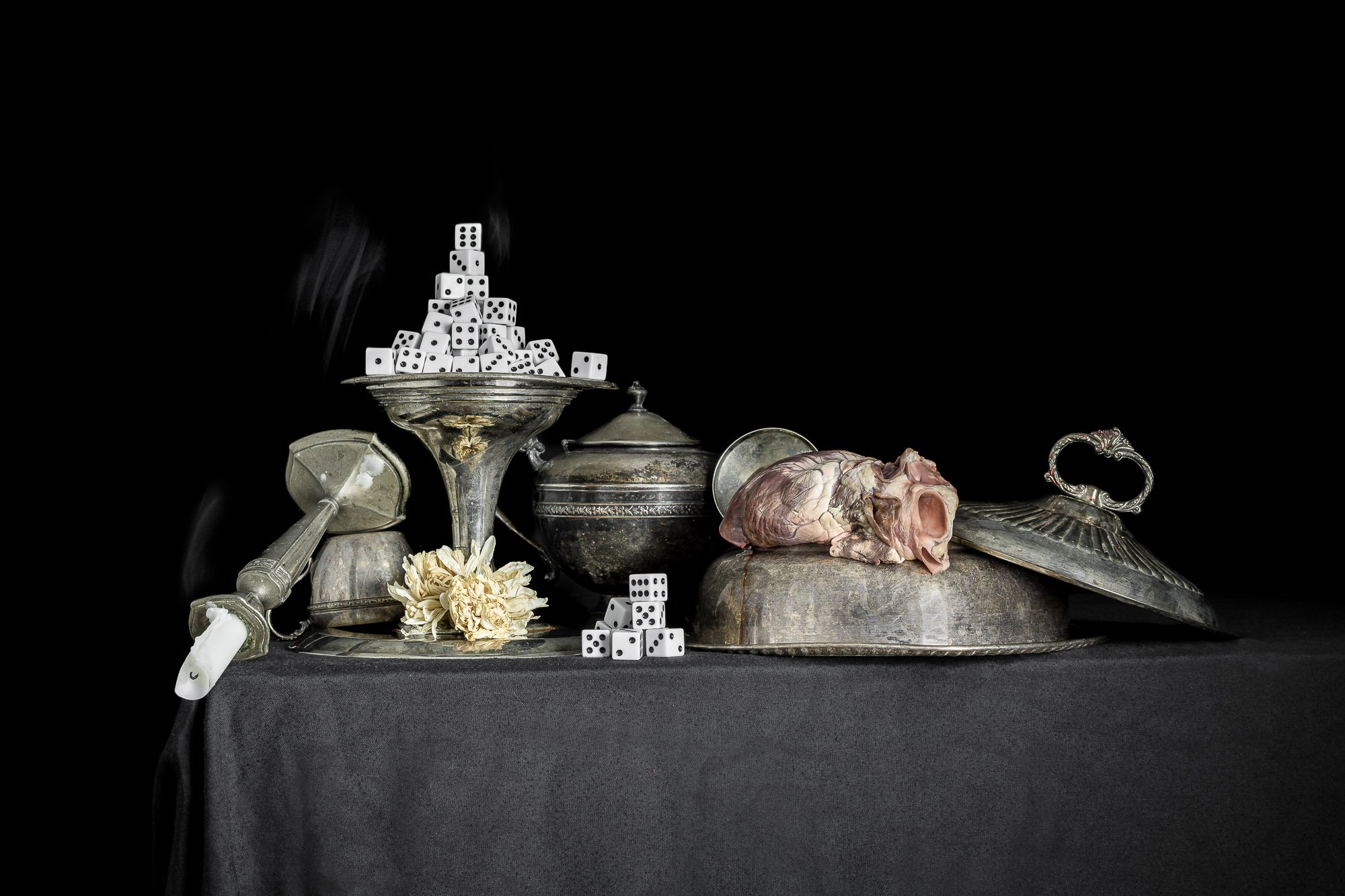Days Spent Waiting for my Father to Die
When does a death begin?
This is a question I struggled with, as I set myself to the task of writing about my father’s final days. The end of the story is obvious, but the question of where to begin felt intractable. “The end is in the beginning,” as Beckett put it—there’s a way of looking at things where the death process begins at birth. Indeed, I had conceived of my father as a man who dying for many years before his actual passing, ever since the realities of the Parkinson’s diagnosis became impossible to ignore. My memories of him as able-bodied and cognitively intact feel distant, and more distant with each passing day.
The question of when a person begins dying is, perhaps, absurd. But to tell a story we need an inciting incident, and so I choose to believe that it begins with the heart attack that left him writhing in pain, cursing and lashing out, struggling against the restraints that bound him to his bed.
My father’s condition deteriorated precipitously in the coming days and, as the rest of the family came to terms with what I had understood already for some time, the final decision was made to begin palliative care. The tubes and ports were removed from his body. Medications were discontinued. The compression device on his legs was removed. He was moved to another room in the hospital that, while not exactly peaceful, was at least semi-private and less noisy than the one he’d left.
And then, we waited for his heart to stop.
While my father hung in that liminal space, I spent the days packing my suitcase, arranging for childcare, organizing transportation and lodging for my trip back home.
And I studied the data.
I learned from the medical literature that death typically occurs within 7-10 days following the removal of IV fluids, assuming the patient is elderly and frail. For someone who is “actively dying,” however, the estimate goes down to 4-7 days. I still have no idea what the term “actively dying” is supposed to mean, but it seemed to me that I could conservatively expect that it would take 4-10 days for my father to die. I found myself thinking about the situation in increasingly mathematical terms. Because my educational background is in physics, not art, I knew that this waiting period might be modelling using the language of stochastic Poisson processes and Erlang distributions. And I imagined that this theoretical insight was meaningful, somehow. As if knowing the timeline might change the outcome. As if a probability distribution could erase the indignity of death.
In the end, it took only 4 days for my father to die. I don’t know if this means that he was already “actively dying” when we began palliative care. I don’t suppose it matters either way. The end is in the beginning, after all.
This series of Vanitas still life arrangements was inspired by the days I spent waiting for my father to die, and by the strangely probabilistic way that I rationalized the situation. Each image employs the same 3 motifs: the heart (the organ we were waiting on to fail), the dice (representing randomness), and the extinguished candle (representing death). Dried flowers suggest the fleeting beauty of life, while the precarious placement of the dice and cups reinforces the underlying themes of uncertainty and instability. The droplets of blood here serve a similar purpose: the chaotic paths they trace across the arrangement echo the unpredictable nature of life.
For me, the meaning of these images is very much entangled in the question that opens this piece. When does a death begin? My choice to imagine that my father’s death began with the heart attack was, ultimately, arbitrary. Like Beckett, I might have chosen to view the process over a much longer timeline. There is a sense in which we are all dying—counting down the days until our hearts stop. The future is uncertain and the question of whether or not we will live to see another day is determined by processes that are beyond our control. We might try to rationalize the situation, as I did, by appeal to mathematics. We might consult actuarial tables and try to game the statistics by eating healthy, abstaining from vice, going to the doctor regularly, whatever. But, in the end, this sense of control is illusory. In the end, the same fate awaits us all.
In the end, the dice control everything.


